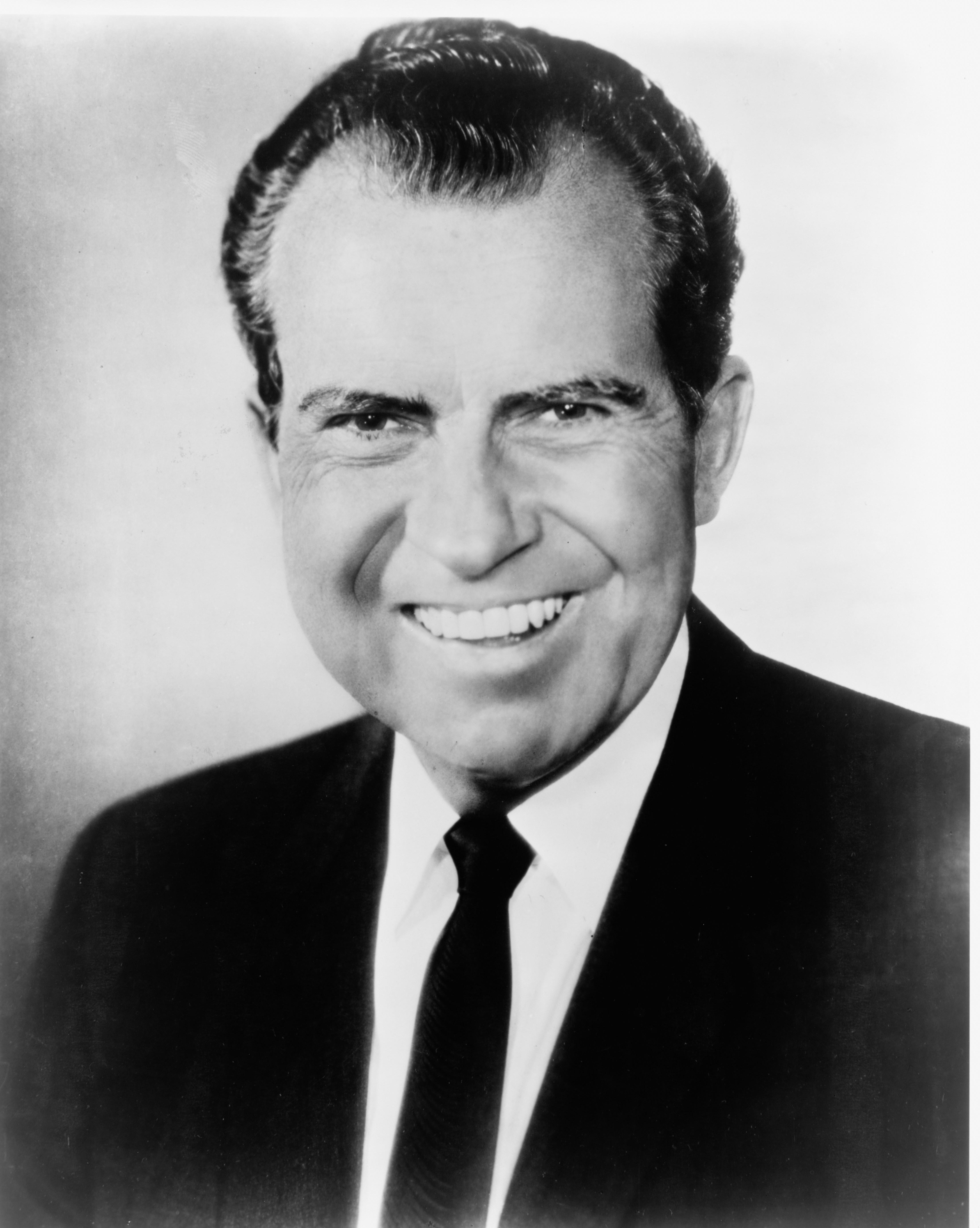Richard Linklater’s films have long resonated with audiences, capturing the intricate tapestry of human emotion with a rare authenticity. His cinematic journey, spanning decades, is a testament to the power of emotion in storytelling. From the nostalgic haze of “Dazed and Confused” to the poignant realism of the “Before” trilogy, Linklater’s work is a celebration of life’s fleeting moments and profound connections. This exploration delves into how Linklater harnesses emotion to craft narratives that are both universally relatable and deeply personal, inviting viewers to reflect on their own experiences with optimism and introspection. Through his unique lens, we uncover the transformative potential of emotion in film, and how it shapes our understanding of the world around us.
Exploring Emotional Depth: The Heart of Linklaters Storytelling
Richard Linklater’s films have a unique ability to resonate with audiences through their exploration of emotional depth. His storytelling often unfolds in a way that captures the essence of human experience, creating connections that feel both intimate and universal. This emotional richness is achieved through his keen focus on character development, where dialogue and subtle interactions reveal profound truths about life.
- Authentic Dialogue: Linklater’s scripts are renowned for their natural, flowing conversations that mirror real-life exchanges. This authenticity draws viewers into the characters’ worlds, making their journeys relatable and poignant.
- Time as a Narrative Tool: Films like the “Before” trilogy and “Boyhood” use the passage of time to deepen emotional impact, allowing audiences to witness growth and change in a way that feels organic and true to life.
- Everyday Moments: By highlighting seemingly mundane aspects of life, Linklater elevates the ordinary, inviting viewers to find beauty and meaning in the small, often overlooked moments.
Linklater’s ability to weave emotion into his narratives not only captivates but also inspires, encouraging audiences to reflect on their own lives and relationships with a renewed sense of appreciation and understanding.

Character Connection: Crafting Relatable Human Experiences
Richard Linklater has an unparalleled ability to forge deep emotional connections with audiences through his characters. His films often explore the intricacies of human relationships, capturing the raw, unfiltered moments that make us inherently relatable. Linklater’s unique storytelling approach allows viewers to see themselves in the characters’ journeys, creating a sense of empathy and understanding that transcends the screen.
- Authentic Dialogue: Conversations in Linklater’s films feel genuine, often improvised, allowing characters to express vulnerability and sincerity.
- Real-Time Storytelling: By using techniques like real-time narrative, Linklater immerses audiences in the characters’ immediate experiences, fostering a profound emotional impact.
- Universal Themes: His exploration of themes such as love, identity, and the passage of time resonate with audiences across diverse backgrounds.
Through these elements, Linklater crafts relatable human experiences that invite viewers to reflect on their own lives, encouraging an optimistic view of our shared humanity.

Cinematic Techniques: Enhancing Emotion Through Visuals
Richard Linklater’s films masterfully use cinematic techniques to evoke profound emotional responses. His signature style often involves the use of long takes and natural lighting, creating an immersive experience that draws viewers into the characters’ worlds. By allowing scenes to unfold organically, Linklater invites the audience to feel the passage of time, enhancing the authenticity of emotions portrayed on screen.
Visual storytelling is at the heart of Linklater’s work, where every frame is crafted to resonate emotionally. He frequently employs techniques such as:
- Rotating Camera Angles: To emphasize the dynamic nature of conversations and relationships.
- Soft Focus: To create an intimate atmosphere that underscores the personal nature of the narrative.
- Color Palettes: Carefully chosen to reflect the mood and evolution of the story.
Through these techniques, Linklater not only tells a story but also creates an emotional landscape where viewers can connect deeply with the characters and their journeys.

Inspiring Future Filmmakers: Lessons from Linklaters Emotional Resonance
Richard Linklater’s ability to evoke profound emotional responses is a masterclass in cinematic storytelling. His films are not just narratives; they are experiences that resonate on a deeply personal level. For aspiring filmmakers, the lessons from Linklater’s work are invaluable. His emphasis on authenticity, character development, and relatable themes serves as a blueprint for creating films that linger in the hearts of audiences long after the credits roll.
- Authenticity: Linklater’s dedication to realism ensures that his characters and settings feel genuine, fostering a strong connection with viewers.
- Character Development: His focus on nuanced characters allows audiences to see themselves reflected in his stories, enhancing emotional engagement.
- Relatable Themes: By exploring universal human experiences, Linklater crafts narratives that resonate across diverse audiences.
By prioritizing these elements, future filmmakers can learn to harness the power of emotion, crafting films that not only entertain but also inspire and move. The journey of emotional resonance in cinema is one that Linklater exemplifies, offering a roadmap for those who wish to follow in his footsteps.































